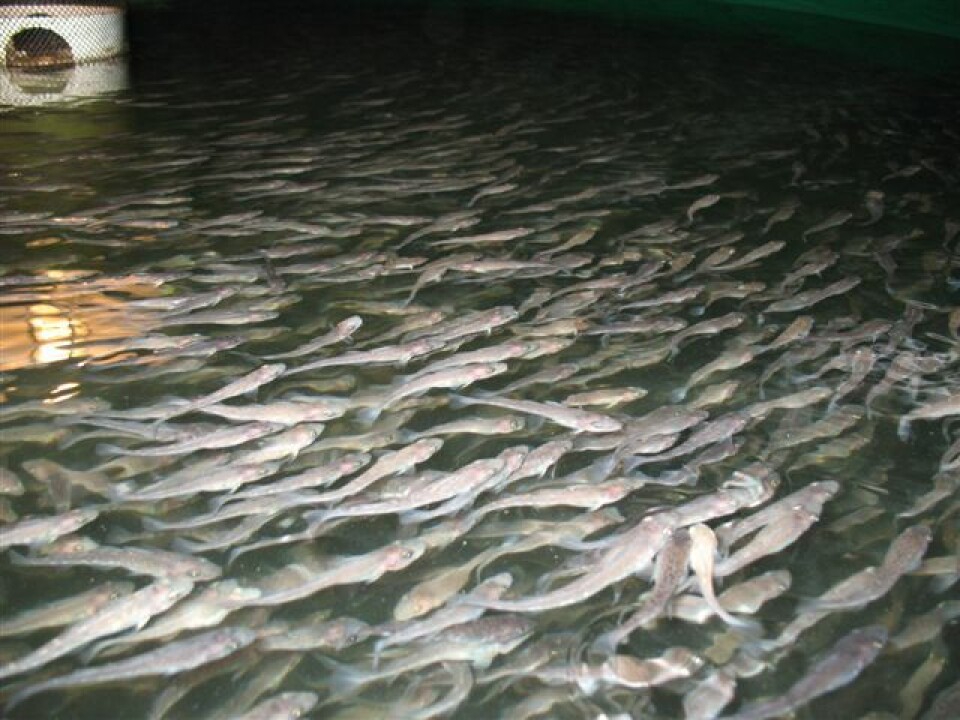
New species, new opportunities
Siri Elise Dybdal
BIM has had a planned programme of diversification in the aquaculture sector in Ireland over the last number of years. This is a collaborative initiative involving other agencies (e.g. Marine Institute), research providers (e.g. NUIG and QUB) and industry partners. More specifically, this has involved developing culture techniques for a variety of novel finfish, shellfish and seaweed species.
“Perch, the freshwater white-fish species, is now being farmed in Ireland. This lovely fish is in great demand in Europe, in particular, in the Central Alpine countries where fillets are consumed in white table cloth restaurants. The demand for perch fillets is greater than supply. Ireland is ideal for farming perch, we have our own native stocks and excellent sites. In addition, Ireland has highly skilled and adaptable fish farmers.,” explains Lucy Watson, aquaculture development, BIM.
“At sea, Ireland has a programme of work to develop a native cod broodstock. We have numerous distinct populations of cod swimming around the Irish coastline and individual fish have been captured for breeding purposes. Several distinct family lines are now established at NUIG Carna Research facility and the first farmed organic cod have been sold,” she says.
According to Watson, farmed seaweed is a most interesting product and Ieland has pioneered and commercialised techniques for farming brown seaweeds.
“These techniques, further developed over a three year work programme, have led to the first seaweed harvest from a seaweed farm here. Seaweed is a hugely versatile product with potential in the nutraceutical, pharmaceutical and cosmetic sectors.
“In the shellfish area, BIM has undertaken ground-breaking work with industry to develop and perfect farming techniques for abalone. Work on rejuventaion of scallop fisheries here has benefited from applied scallop hatchery work including manipulation and spawning of scallop broodstock to augment juvenile scallop supply for deployment to sea for restoration of scallop beds,” she adds.






















































